One of the most shocking incidents took place on November 21, 1979, when a violent mob stormed and burned the United States Embassy in Islamabad, Pakistan. This was one of the most serious assaults on a US diplomatic mission during the Cold War.
On this day, the Sino-Indian War of 1962, which had been going on in Ladakh and present-day Arunachal Pradesh, came to an end with China’s declaration of a unilateral ceasefire.
Here is all that took place on this day.
Mob attack on the US Embassy in Pakistan
A violent mob stormed and burned the United States Embassy in Pakistan’s Islamabad on his day in 1979. The attack erupted after false reports spread through parts of the Muslim world claiming that the United States had been involved in the earlier seizure of the Grand Mosque in Mecca by extremists.
Although the claim was untrue, Iranian radio broadcasts amplified the rumour, igniting outrage across the region. Pakistan was hit the worst as tensions were already high from political upheaval and strong anti-American sentiment following the execution of former Prime Minister Zulfikar Ali Bhutto.
A crowd of thousands gathered outside the embassy, chanting slogans and demanding retaliation. The protest quickly turned violent. The mob breached the compound’s perimeter, set fire to buildings, and looted offices. Much of the embassy was engulfed in flames, forcing American staff to retreat to secure areas of the compound as they awaited rescue. Marine guards fought to defend the chancery and protect personnel, but the intensity of the assault left them vastly outnumbered.
Pakistani security forces were slow to intervene, partly due to confusion and partly due to the speed at which the protests escalated. After several hours, the Pakistani Army restored control and evacuated embassy staff. Two Americans reportedly died during the attack, along with at least one Pakistani soldier.
The war between China and India ended
The War of 1962 between China and India came to an end on this day. Fought primarily in the harsh Himalayan regions of Ladakh and the North-East Frontier Agency (now Arunachal Pradesh), it began over longstanding border disputes, especially the Aksai Chin plateau in the west and the McMahon Line in the east. Even after years of diplomatic exchanges, India and China failed to reconcile their territorial claims, leading to escalating tensions. This led to open warfare in October 1962.
China’s rapid military advances caught India off guard. The People’s Liberation Army achieved significant gains, particularly in Arunachal Pradesh, capturing towns such as Tawang and advancing close to strategic points deeper in the region. The Indian forces struggled to defend their positions due to poor equipment for high-altitude combat and winter conditions. The conflict generated deep political shock in India, triggered leadership crises, and led to a major rethinking of national defence policy.
On November 20, China announced that it would halt military operations and withdraw to positions it held before the outbreak of hostilities in the Eastern Sector, although it retained control of Aksai Chin in the west. The following day, November 21, the ceasefire officially took effect. India, battered by losses and unprepared for prolonged fighting, accepted the ceasefire, though no formal agreement was signed between the two nations at the time.
The war’s conclusion dramatically altered Asia’s geopolitical landscape. It hardened the India-China rivalry, reshaped India’s military strategy, and influenced future alliances.
This Day, That Year
The Verrazzano-Narrows Bridge opened to traffic in 1964.
The horror classic Frankenstein was released in the United States in 1931.
The viceroy of India, Lord Lytton, launched the Second Anglo-Afghan War in 1878.
With inputs from agencies


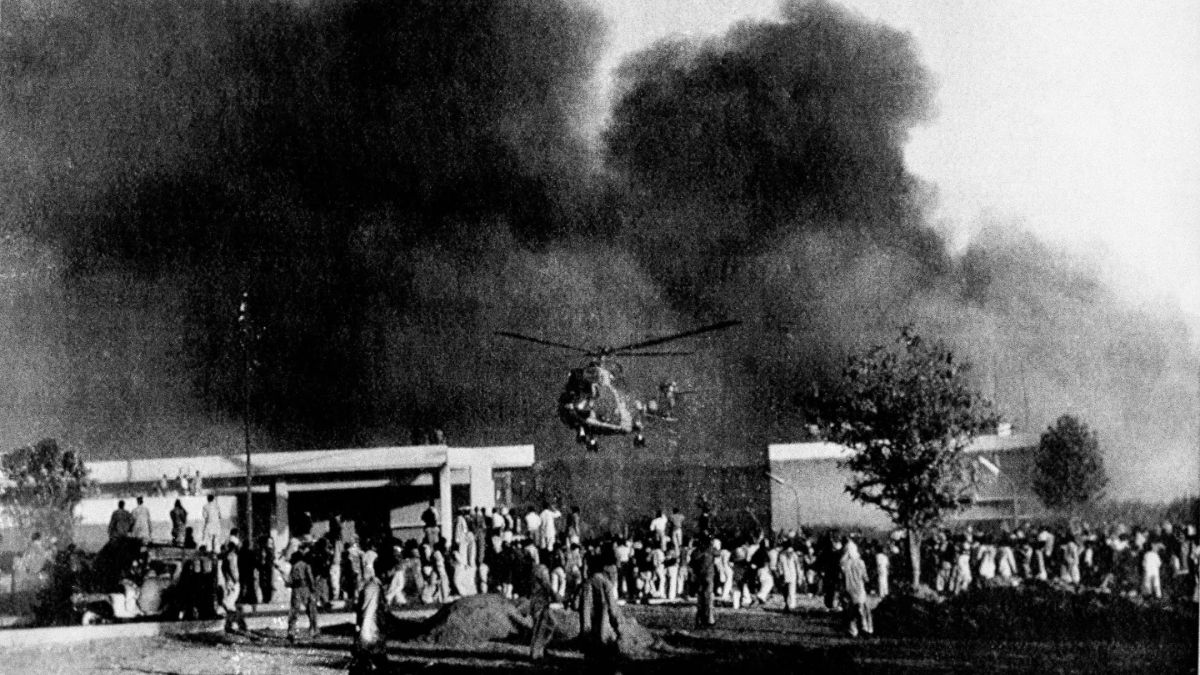)

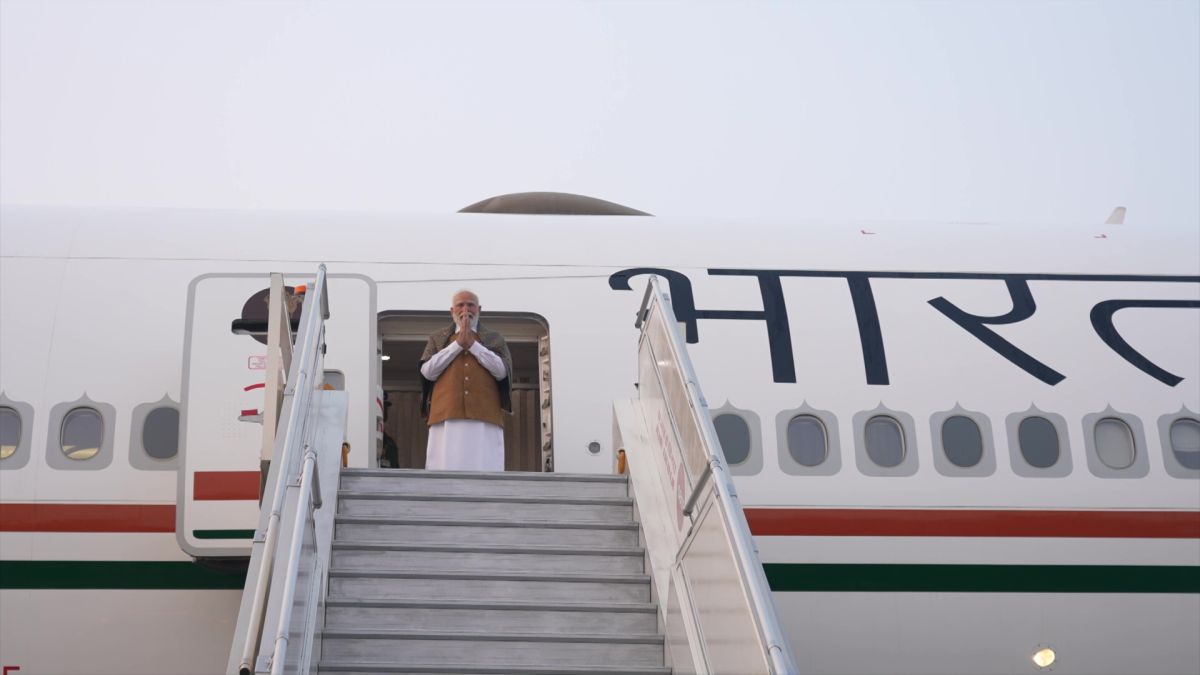)
)
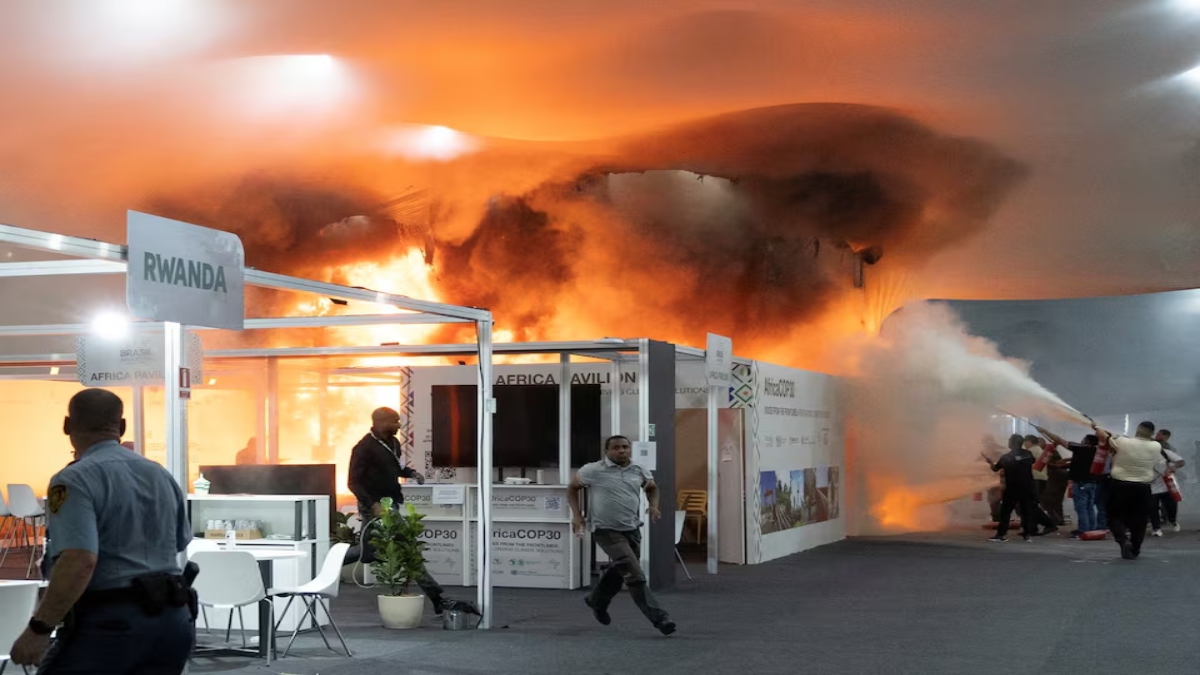)
)
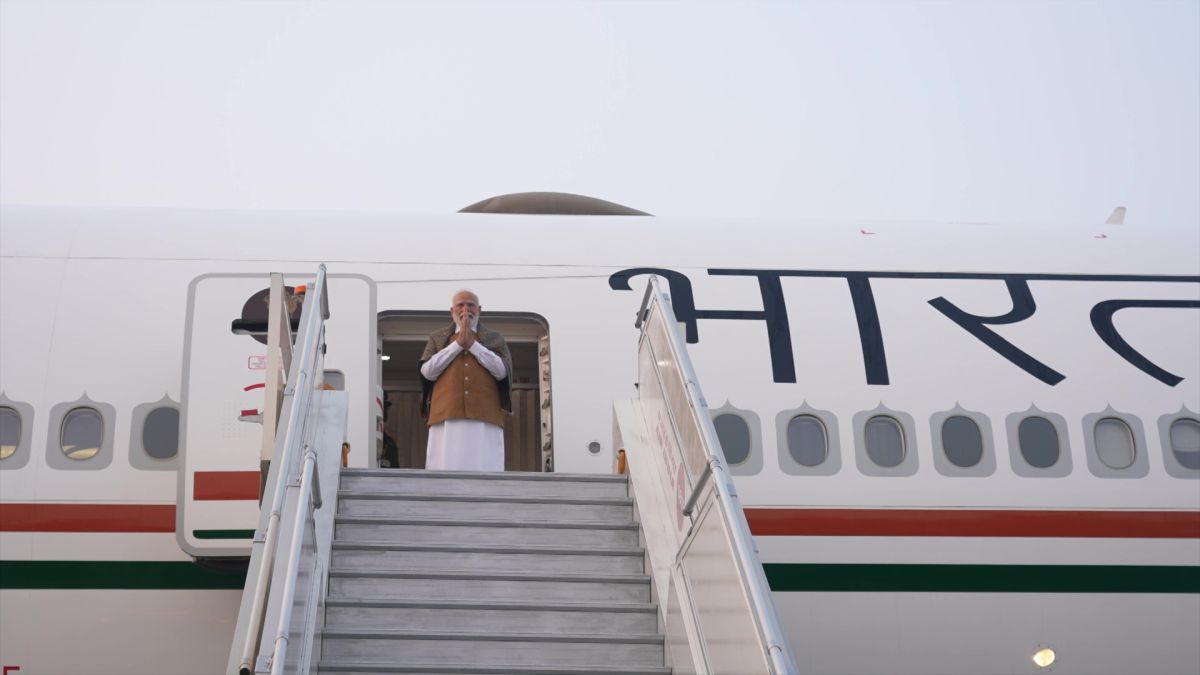)
)
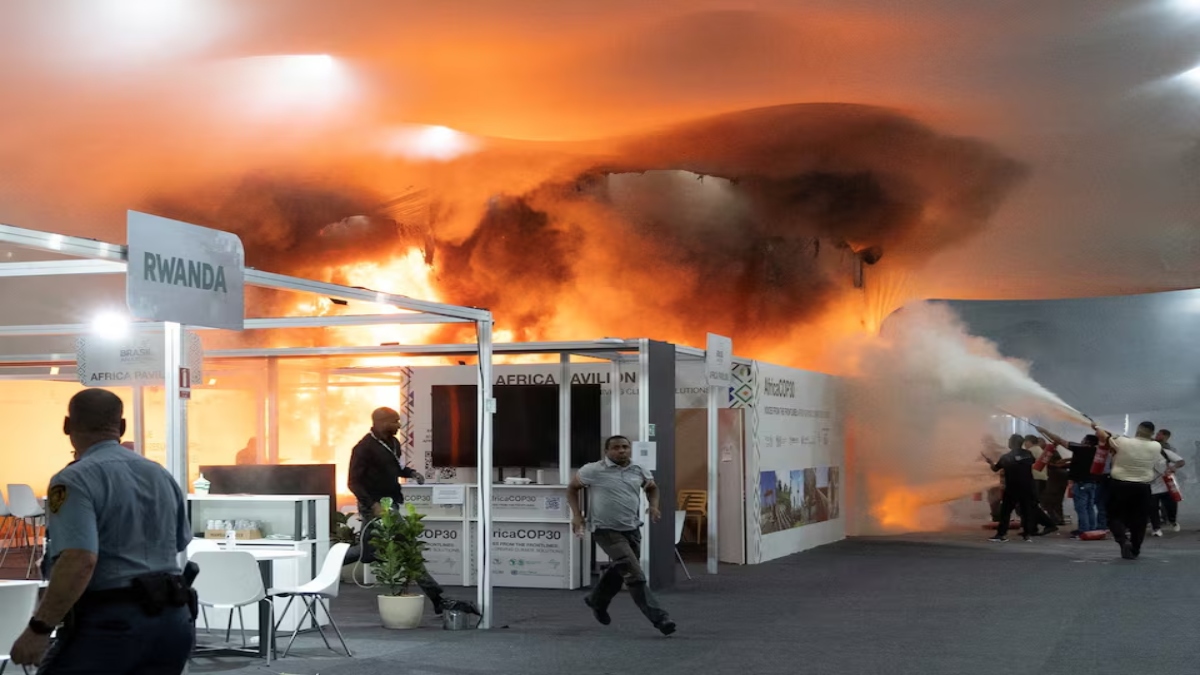)
)



